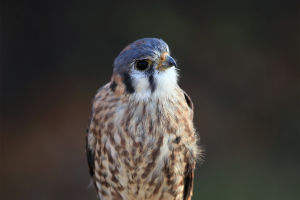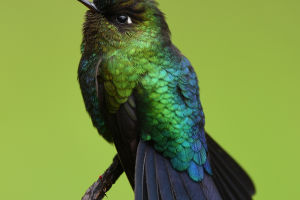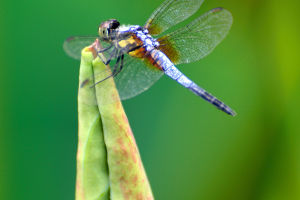Bee-eaters, also known as Meropidae, are a group of birds that are named after their preference for bees in their diet. They have beautiful feathers, impressive flying skills, and social behaviors, such as gathering together to communicate.
Bee-eaters are known to fly in groups and even help their companions raise chicks. Some species also live together in groups, demonstrating a high level of social behavior.
Apart from their diet, the courtship behavior of bee-eaters is also fascinating. During courtship, the male bee-eater offers the female bee-eater insects that he has caught as a gift. Interestingly, female bee-eaters accept almost 100% of the food given to them by males, indicating that their love is based on a certain material basis.
Bee-eaters hunt in flight like other birds, but their prey includes beetles, dragonflies, bees, and wasps. Despite their small size, they are formidable insect fighters.
Bee-eaters are classified based on the color and pattern of their plumage. Each species has unique colors and patterns that serve different purposes, such as protective coloring and camouflage or attracting mates during courtship displays. Let's take a closer look at the Green Bee-eater.
The Green Bee-eater is one of the smallest birds in the world, measuring only 7.5 cm in length and weighing less than 2 grams. It has stunning green and gold plumage that makes it one of the most magnificent birds in the world.
Species Characteristics
The Green Bee-eater has a green head and neck, and its chest and belly have a gold or orange tinge. Its wings are transparent, and its tail is also green. Both males and females have similar coloration. The bird's slender and strong mouth is adapted for sucking nectar and insects.
Life Habits
Green Bee-eaters are typical honeybirds that feed mainly on nectar and pollen. Their mouths and tongues are adapted to pass through the tiny holes in flowers to collect honeydew. They also consume small insects, such as mosquitoes, spiders, and small ants.
Green Bee-eaters are monogamous and usually lay one or two eggs per breeding season. They build their nests in trees using materials such as leaves, moss, and twigs. The female is responsible for incubating the eggs and feeding the young, while the male defends the territory and provides food.
Distribution and Habitat
Green Bee-eaters are primarily found in the Amazon rainforest and Andes regions of South America. They can also be found in Central America and southern Mexico. These birds inhabit high-altitude Amazon mountain ranges, such as rainforests, cloud forests, and humid valleys.
Conservation Status
The Green Bee-eater is listed as a "near-threatened species" by the International Union for Conservation of Nature due to its small distribution and limited numbers in the tropical rainforest. The major threats to this bird species are habitat loss and deforestation.
In conclusion, bee-eaters are fascinating birds with unique behaviors and stunning physical characteristics. Their dietary habits, courtship behaviors, and social structures make them interesting subjects for researchers and bird enthusiasts.
However, it is also important to note that some species are facing threats to their survival due to human activities such as habitat destruction, and therefore, it is crucial to take steps to protect and conserve these birds and their habitats.


